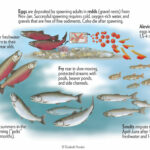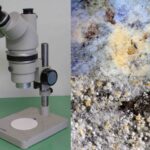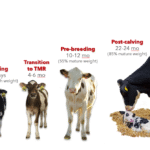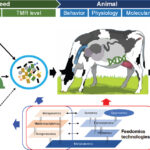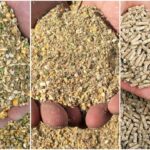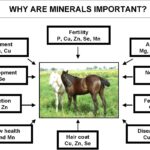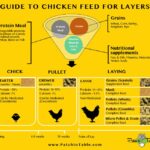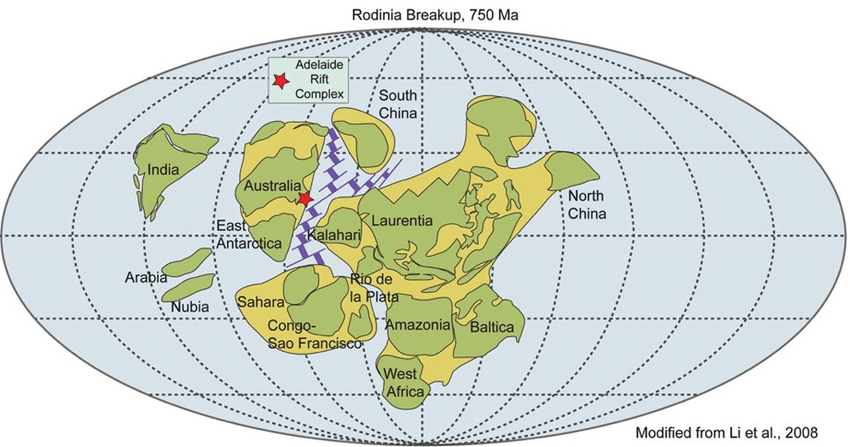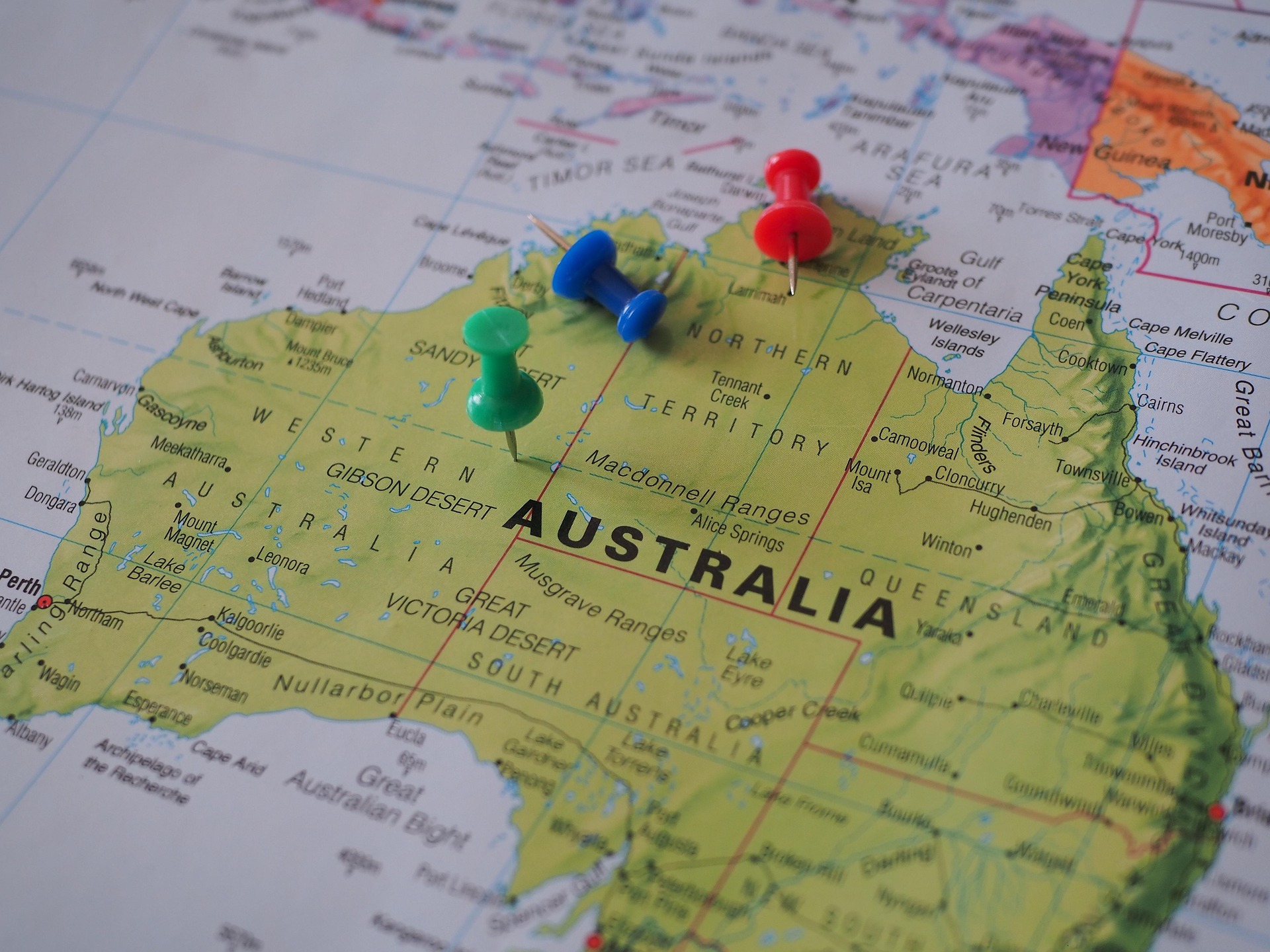Theory of Continental Drift: Proposed by: Alfred Wegener (1912)Wegener, a German meteorologist and geophysicist, proposed that continents were once a single landmass that drifted apart over geological time.The Supercontinent – Pangaea. Around 300 million years ago, all landmasses were joined together in a supercontinent called Pangaea.Pangaea later broke into two major landmasses:
Thank you for reading. Don't forget to subscribe & share!
Laurasia (North America, Europe, Asia)
Gondwana (South America, Africa, India, Australia, Antarctica)
Evidence for Continental Drift:
Fit of Continents: Coastlines of South America and Africa fit like puzzle pieces.
Fossil Correlation: Identical fossils (e.g., Mesosaurus, Glossopteris) found on continents now separated by oceans.
Rock Formations and Mountain Ranges: Similar rock structures and mountain chains (e.g., Appalachian and Caledonian) found on different continents.
Glacial Evidence: Glacial deposits found in present-day tropical regions, suggesting they were once located closer to the poles.
Limitations of Wegener’s Theory: Wegener could not explain how continents moved the lacked a mechanism. His ideas were initially rejected by many geologists.
2. Theory of Plate Tectonics: Developed in the 1960s. The modern Plate Tectonics Theory builds upon Wegener’s ideas but includes a mechanism: the movement of lithospheric plates driven by mantle convection.
Earth’s Structure:
Lithosphere: Rigid outer layer made of crust and upper mantle; broken into tectonic plates.
Asthenosphere: Semi-fluid layer beneath lithosphere where convection currents occur, causing plate movement.
Types of Plate Boundaries:
Divergent Boundaries – Plates move apart (e.g., Mid-Atlantic Ridge)
Convergent Boundaries – Plates move towards each other:
Oceanic-continental (e.g., Andes Mountains)
Oceanic-oceanic (e.g., Mariana Trench)
Continental-continental (e.g., Himalayas)
Transform Boundaries – Plates slide past one another (e.g., San Andreas Fault)
Supporting Evidence:
Seafloor Spreading: New crust forms at mid-ocean ridges and spreads outward.
Magnetic Stripes on Ocean Floor: Symmetrical magnetic patterns show Earth’s polarity reversals.
Earthquake and Volcano Patterns: Most occur along plate boundaries.
GPS Measurements: Modern tools confirm plates are moving a few centimeters per year.
Key Differences between Continental Drift & Plate Tectonics
| Feature | Continental Drift | Plate Tectonics |
| Proposed By | Alfred Wegener | Multiple scientists (1960s onward) |
| Key Idea | Continents drift through oceanic crust | Lithospheric plates move over asthenosphere |
| Driving Mechanism | None clearly explained | Convection currents in the mantle |
| Modern Acceptance | Initially rejected | Widely accepted and proven by multiple lines of evidence |
Biogeographical Implications: Explains the dispersal and isolation of species across continents.
Helps understand fossil distribution, endemism, and zoogeographical regions.
Continental drift contributed to speciation due to geographic isolation.

